Mapping Seedling Success with Remotely Piloted Aircrafts and Machine Learning

In 2024, IEG developed an innovative remote sensing workflow to identify newly planted seedlings across a reclamation area, classify them by species, and monitor their survival and growth over time. The workflow leverages high-resolution imagery collected by Remotely Piloted Aircraft (RPA) and advanced machine learning techniques. This approach scales seedling analysis from small sample plots to the entire site, delivering accurate, spatially explicit insights into seedling performance under varying site conditions. The result is faster, more informed decision-making that enhances the effectiveness and efficiency of reclamation efforts.
The method was applied to a two-hectare revegetation area planted with aspen, lodgepole pine, and white spruce. Using multispectral RPA imagery, seedlings were automatically detected, classified by species, and assessed for health using Object-Based Image Analysis and Random Forest models. Over 10,000 individual seedlings were geolocated and tagged with species and health attributes.
With precise seedling locations and spatial context, confounding factors such as slope position and microtopography were evaluated. Once these effects were accounted for, key treatment variables—like cover material and bulk density—emerged as strong drivers of seedling performance. For example, bulk density alone explained 71% of the variation in aspen growth within one soil type.
Riding Mountain National Park Vegetation Modelling
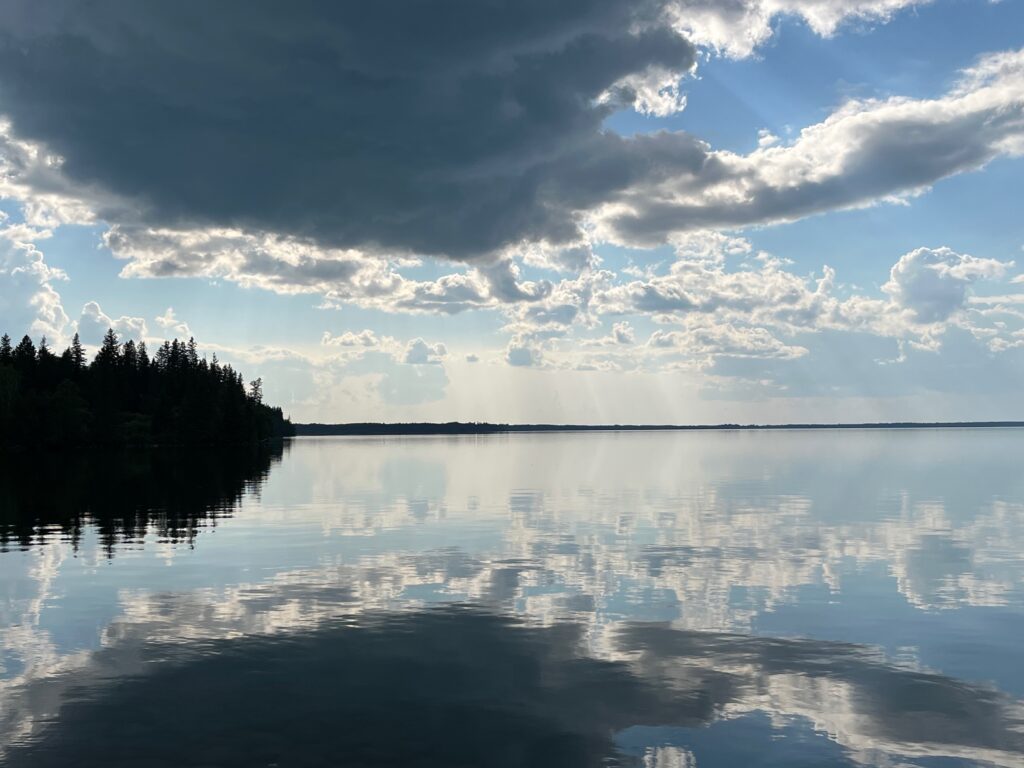
Suppression of fire and extirpation of bison have allowed forest to encroach on grassland, and maintenance of grassland is an important management priority for the park. The ALCES Flow landscape simulator was applied to explore fire and vegetation dynamics in the park in order to inform future management actions such as the use of prescribed fire.
Battle River Cumulative Effects Study
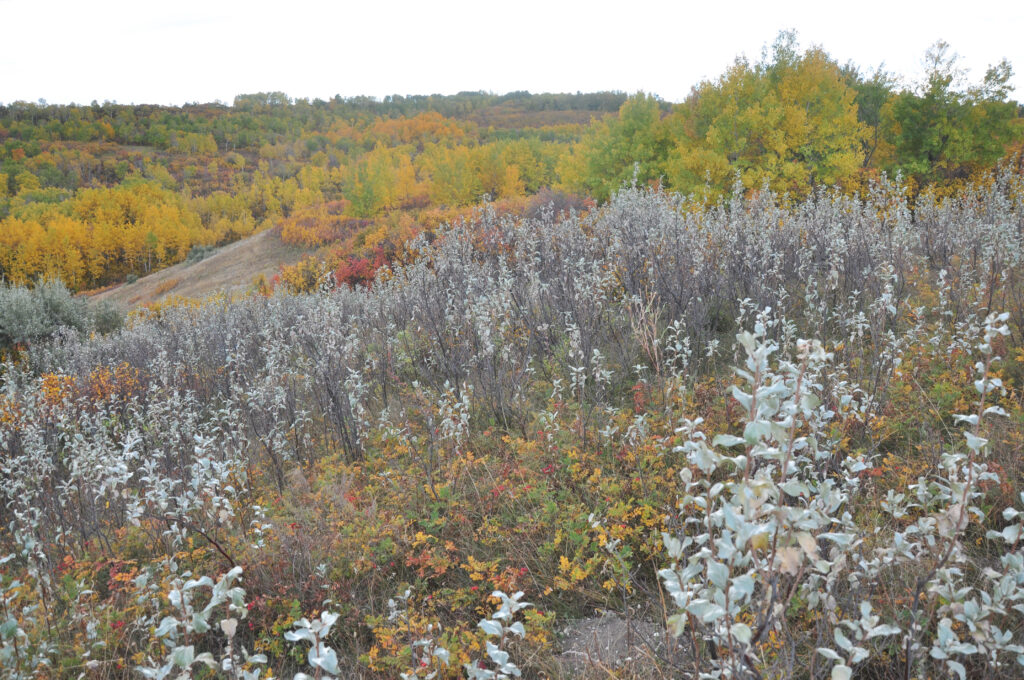
Studying the cumulative effects of development to Indigenous land-use practices in Saskatchewan.
Teck Highland Valley Copper Dust And Traditional Plant Study
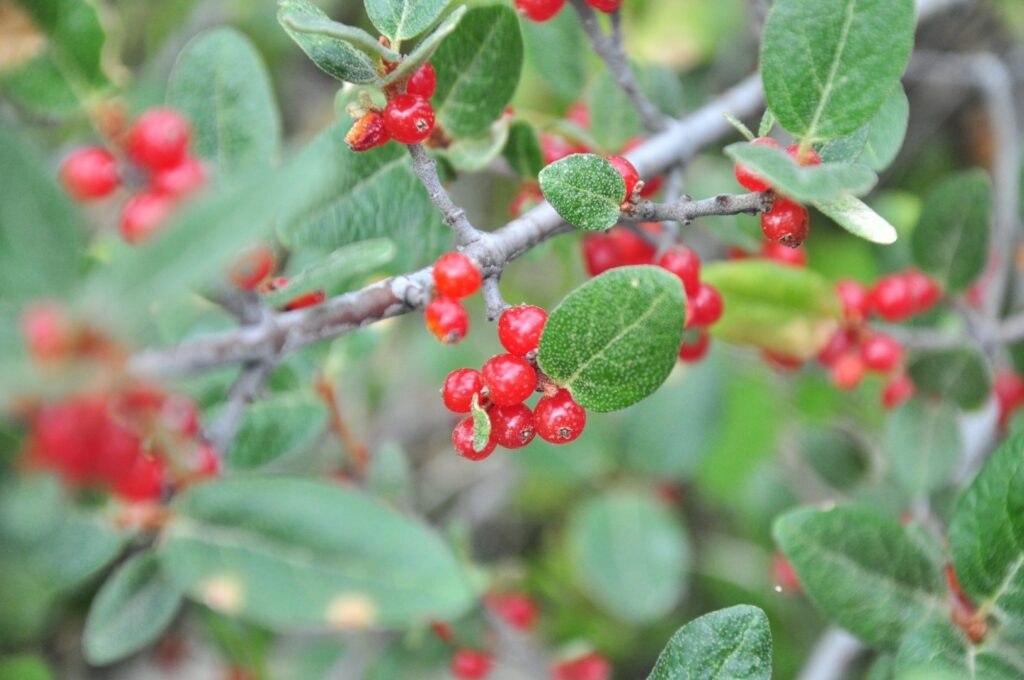
Engaging Nlaka’pamux communities in the development of a study addressing community concerns about the effects of mine dust on traditional plants in the Highland Valley area of British Columbia.
ALCES Modeling And Training For The Watershed Organization Trust In Pune, India
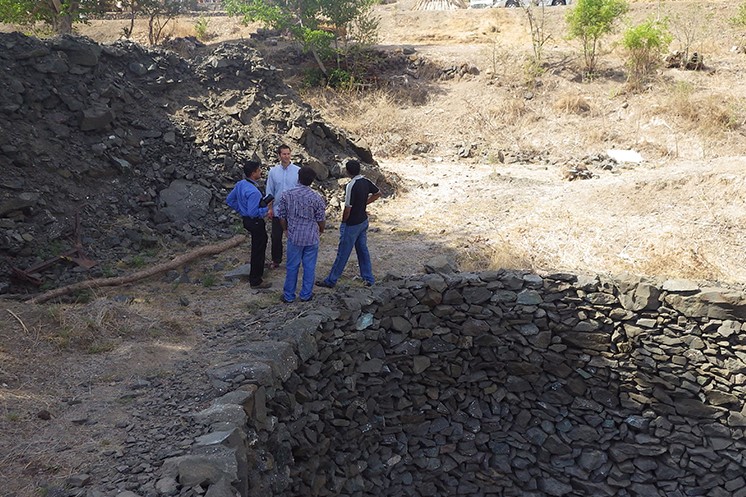
Training WOTR staff to conduct modelling for rural study areas in Maharashtra, India, to identify key management actions that could improve both agricultural sustainability and maintenance of ecological goods and services.
Water and Carbon Flux Research on Reclaimed Oil Sands Mines
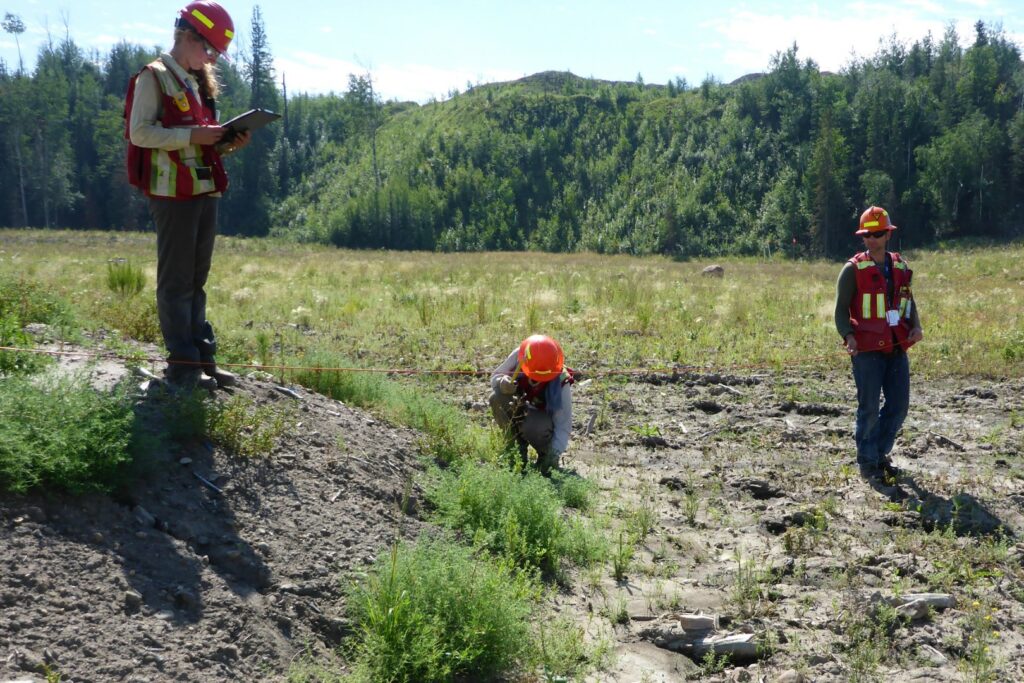
Assessing water and carbon fluxes on reclaimed oil-sands mine sites to develop indicators of reclamation function and success.
Cultural Impact Assessment for the Fort Chipewyan Métis (Local 125)
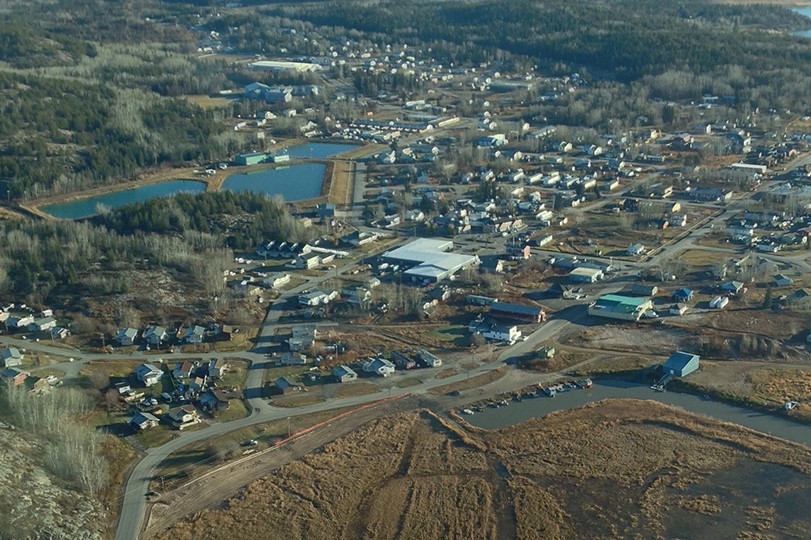
This study was undertaken to gain a better understanding of the cumulative implications of resource development on the opportunities of Aboriginal people to sustain and express cultural values.
Community-guided End Land Use Plan for Teck Highland Valley Copper
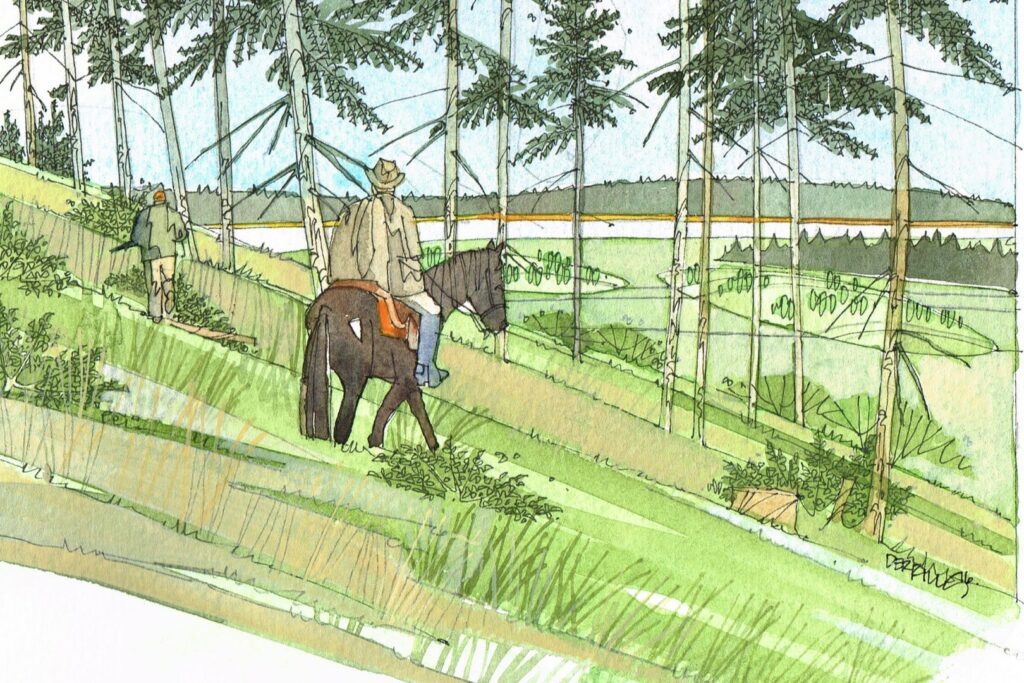
In collaboration with HVC staff and Nlaka’pamux communities, IEG completed an End Land Use Plan (ELUP) for the Teck Highland Valley Copper (HVC) Mine in British Columbia.
Mackenzie River Basin State of the Aquatic Ecosystem Report (MRB SOAER) for Environment and Climate Change Canada
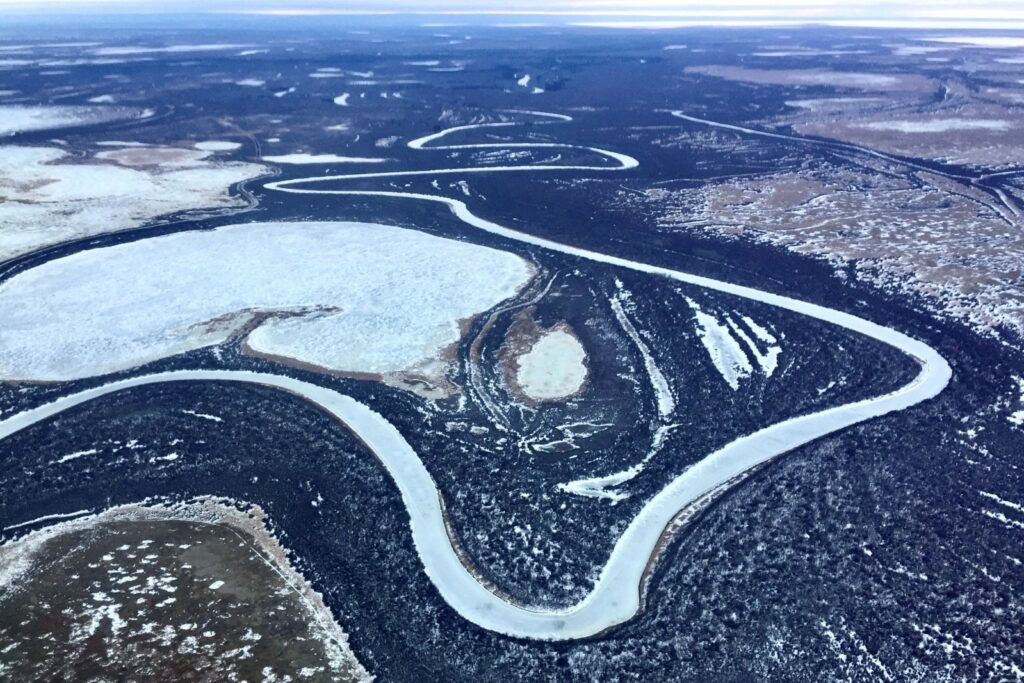
In partnership with Associated Environmental, IEG conducted an aquatic health assessment (State of the Aquatic Ecosystem Report) of the Mackenzie River Basin for Environment and Climate Change Canada.
Kitatipithitamak Mithwayawin: Indigenous-led planning and responses to coronavirus
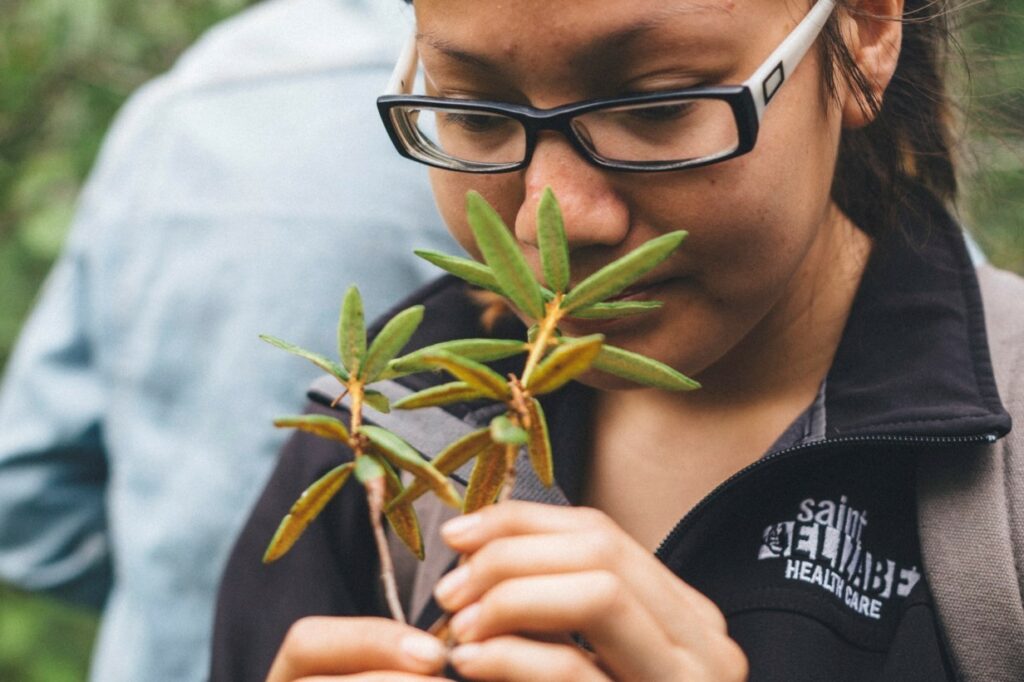
IEG is a partner on the Kitatipithitamak Mithwayawin project. The team is being led by Stephane McLachlan at the University of Manitoba and an Advisory Council made up of Health Directors, Tribal Councils, and Health authorities from Manitoba and Ontario.


